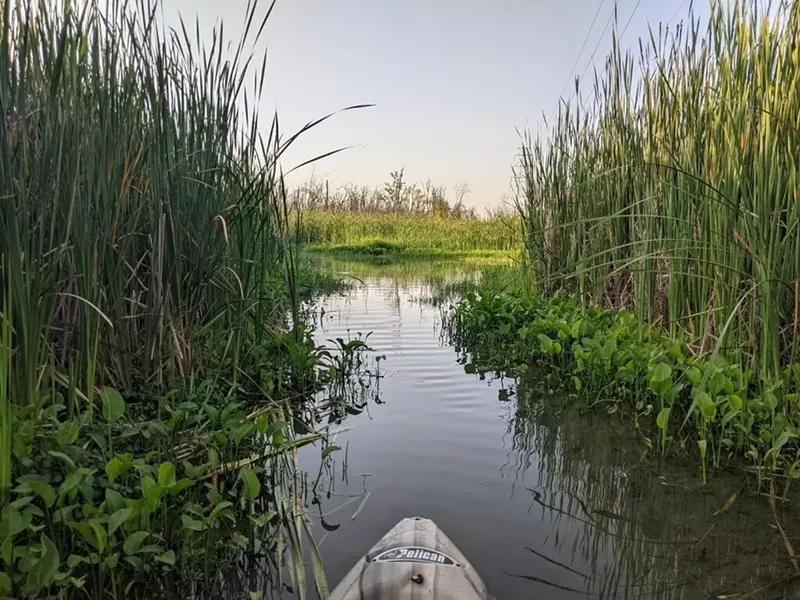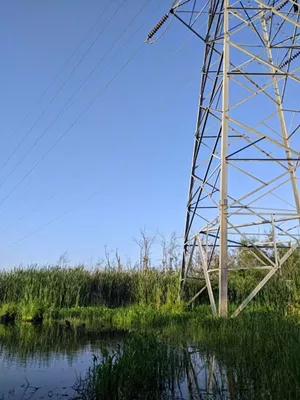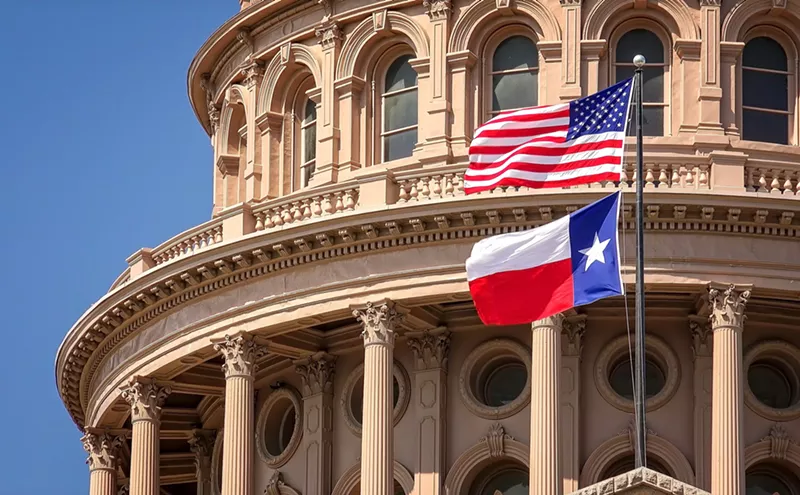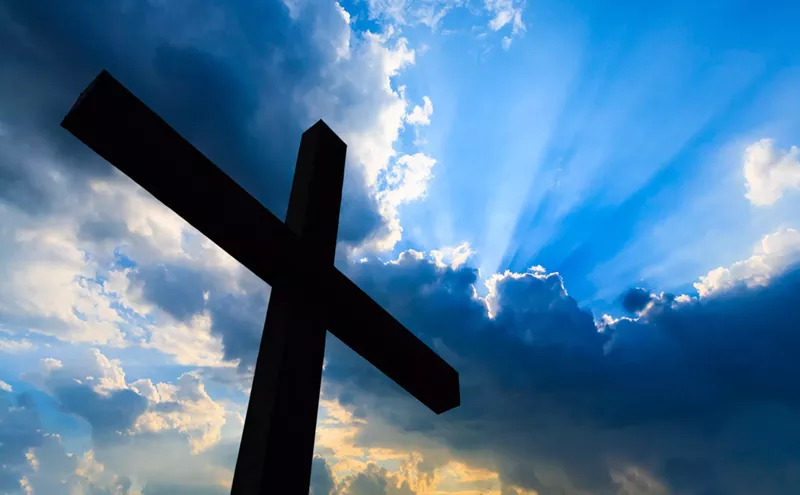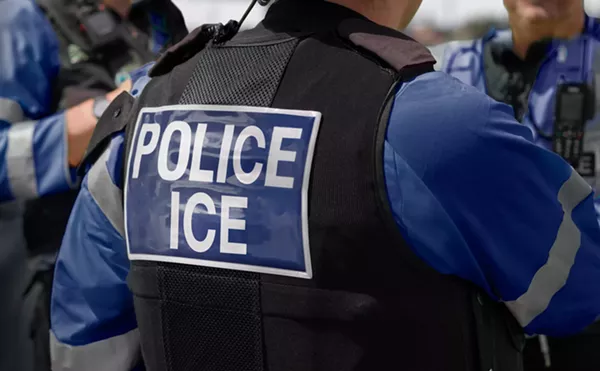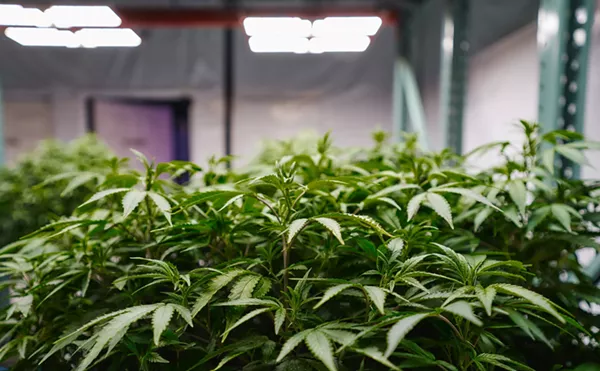The water resources professional believes that a broken pipe in Dallas’ Great Trinity Forest had resulted in the swamp-like gaping hole, one that he gauges is filled with “tens of millions of gallons of our treated drinking water.” Neal captured his excursion into what he’s dubbed “Dallas’ Blue Hole” in a video that’s since gone viral.
Filming himself as he explored the area in a kayak, Neal said that he felt water from the leak’s source pushing the canoe.
“Any vegetation that was getting in there was moving around pretty rapidly for a leaking pipe, so it was pretty unnerving,” he told the Observer on Wednesday. “It was also pretty disappointing because I know for a fact that there have been people aware of the issue within the city of Dallas, and to me, it didn't really look like they had done any work there in a long time, if not ever.”
The city of Dallas is now facing mounting questions about the nature of the hole and how long it’s been there, not to mention the ecological imprint it has left on the surrounding habitat. Questions remain, too, as to how much the leak — which Neal thinks is at least five years old — has been costing the city, plus how it’s affecting Dallas ratepayers.@lustytexan Massive water main break within the City of Dallas. Perhaps tens of millions of gallons of drinking water discharging daily for the past five years into the Great Trinity Forest. No fix from the city. Continuous discharge at thousands of gallons per minute is flooding hundreds of acres of bottomland hardwood floodplain forest lessening our city's ability to withstand floods, costing ratepayers, and killing thousands of trees within a vital urban forest. #dallastx #dallas #txwater #txdrought #trinityriver #whiterockcreek #greattrinityforest #dallastexas #txflood #cityofdallas #southdallas #urbanforestry #infrastructure #watersupply #waterleak ♬ original sound - lustytexan
News of the leak comes as local officials have asked residents to conserve water amid an ongoing heatwave. In a recent news release, the city announced that water consumption had spiked considerably, from an average of 380 million gallons daily to more than 655 million gallons one day in June.
Then there’s climate change. Experts warn that hotter temps are drying out soil and speeding up evaporation in water reservoirs.
Neal said he and his friends hike in the Great Trinity Forest frequently. Around five years ago, they noticed that an area of the forest around Highway 175 had been retaining water, even during dry periods.
One of his friends eventually found the Dallas Blue Hole in March 2022 and promptly notified the city, Neal said.
“It's not a beautiful habitat; it's actually a devastated habitat because the water is full of chlorine.” – Alexander Neal, water resources professional
tweet this
Some viewers commented on the video of the hole, marveling at the “beautiful habitat.” Neal doesn’t see it that way.
“It's not a beautiful habitat; it's actually a devastated habitat because the water is full of chlorine,” he said.
In the viral video, Neal points out a nutria swimming by but told the Observer that other fauna were sparse.
"I saw no fish in the water and also saw no beavers or otters or other animals that you typically see preying on fish," he added. "I saw very little insects and no trees in an area that used to be full of trees, so it was pretty damning to see.”
Dallas Water Utilities staff have viewed Neal’s video, confirmed Catherine Cuellar, director of the city’s communications, outreach and marketing department.
Staff launched “initial investigations” in October and closed off the part of the line that was thought to be leaking. They also scheduled an inspection to detect the leak “that was coincidently done yesterday,” Cuellar wrote via email Tuesday evening.
In a previous email on Tuesday, Cuellar said that work on the line would start that day and that repairs are expected to last several weeks. She added that staff have used a process of de-chlorination to lessen "any impacts to area wildlife."
Dallas’ Blue Hole evoked memories for Neal of Jacob’s Well in the Texas Hill Country. He used to monitor the famed spring, which is currently making headlines for drying out while surrounding residents endure a water crisis.
The amount of leaked, treated water sitting in the city’s hole reminds Neal of Jacob’s Well in its better years.
Looking ahead, Neal wants to see the leaking pipe plugged, putting an end to the waste of valuable water resources. Dallas’ Blue Hole was a jarring sight, but Neal still has hope for the area’s future: “As long as folks monitor it and don't mess with it, I think that the ecosystem there — that deserves to be in a floodplain like that in the city of Dallas — I think it'll come back on its own.”

